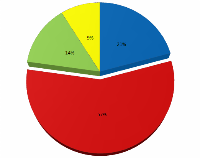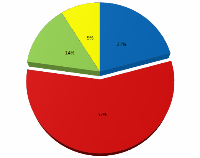How Will Various Demographic Groups Embrace Sustainability?


There are financially secure people who can afford anything, and will simply buy an electric car when they want one, …. vs. the 30-40% of the total population and has been getting worse as the distribution of wealth continues its modern adjustment upward.
I’m not a social scientist, and thus I don’t know exactly how to weigh in on this. Having said that, I’m not sure it breaks down along the lines of affluence. In fact, I see all kinds of factors pointing in various different directions, for example:
Wealthy people don’t generally lead the adoption curve for altruistic behavior, and
The underclass often purchases things they can’t afford, like expensive gym shoes
I believe sustainable solutions will come into place when the cost-benefit becomes obvious to everyone at all levels of the socio-economic spectrum. And fortunately, this seems to be right around the corner. The key elements of this cost-benefit calculus appear to be
- Declining costs (and thus prices) of renewable energy and other sustainability products as technology improves and economies of scale arrive
- Incentives that work in the favor of renewables: removal of subsidies for fossil fuels, tax credits for electric vehicles, etc.
- “Internalizing the externalities,” i.e., assigning costs to fossil fuels that contemplate the complete ensemble of healthcare and long-term environmental impacts, and
- Biomimicry, learning the most efficient and economical way to design things from the principles handed down from four billion of natural evolution. Nature truly can show us a way to lower costs.
